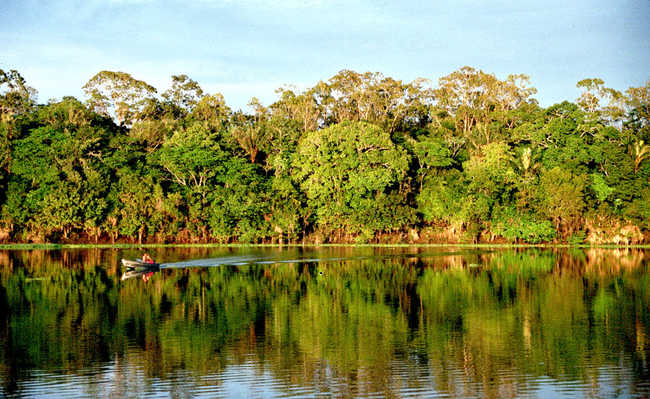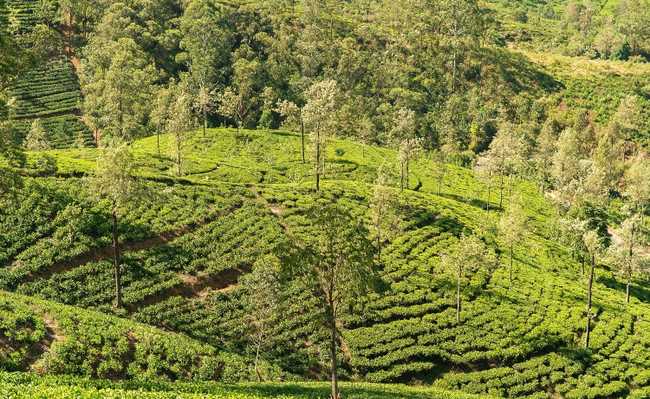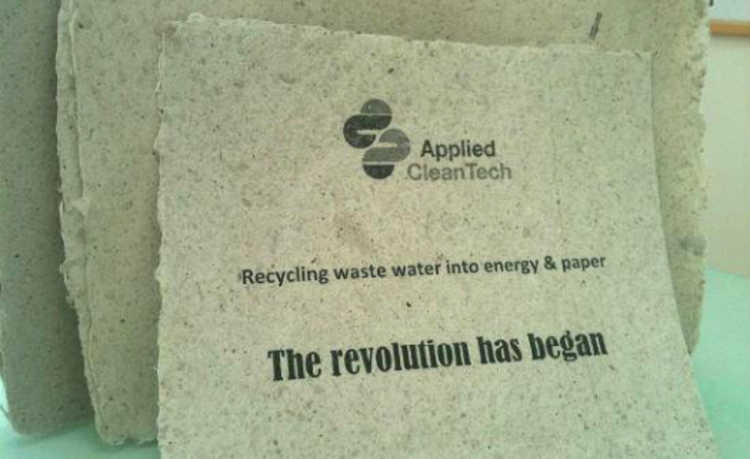Reflective surfaces and trees can reduce the temperature of cities
A simulation that combined these two ingredients was the one that showed the best result for the mitigation of urban heat islands

Global climate change, with its extreme events, is a process with such huge implications that it takes attention away from a smaller phenomenon: the so-called “urban heat islands”. However, it causes cities to be on average warmer than their surroundings, not only contributes to global warming but also makes its effects even more sensitive for city dwellers, who now make up more than half of the world's population. . In Brazil, almost 85.7% of the population already lived in cities in 2015, according to World Bank indicators.
With the title "Energy saving by mitigating urban heat islands in cities”, a study on urban heat islands and their mitigation was presented by researcher Sahar Sodoudi, from the Department of Earth Sciences at Freie Universität, Berlin, Germany, during the 5th Brazil-Germany Dialogue on Science, Research and Innovation, held on November 29th and 30th, at the City Council of São Paulo. Promoted by the German Center for Science and Innovation – São Paulo (Deutsche Wissenschafts- und Innovationshaus – São Paulo – DWIH-SP), the meeting had the support of the Foundation for Research Support of the State of São Paulo (Fapesp).
“The main causes of these heat islands are urbanization and its consequent changes in land use. The removal of vegetation, the paving of avenues and streets and the construction of buildings mean that extensive areas are left with little or no natural cover,” Sodoudi told Agência FAPESP. “The materials used, such as asphalt and concrete, have a high capacity to store thermal energy, which is retained during the day and returned to the atmosphere after sunset. It is this energy, released by the horizontal and vertical surfaces, that leads to the formation of heat islands.”
In addition, the researcher underlined, the impermeability of the soil means that the water is quickly sent to the sewer system, reducing evaporation, which could cool the temperature. Research conducted by her and collaborators in a densely built-up area of the sixth urban district of the megacity of Tehran, Iran, revealed almost 97.4% of impermeable surface and just over 2.4% of surface covered by vegetation, arboreal or undergrowth. "The heating is even more intensified by thermal energy of anthropic origin, released in factory chimneys and vehicle exhausts," he added.
The research simulated various mitigation strategies for the heat islands. The best option was provided by a hybrid scenario, combining the use of materials with a high coefficient of reflection (high albedo material – HAM) in the paving of streets and the covering of buildings and the planting of leafy trees in the space between buildings. “In this scenario, we achieved an average reduction of approximately 1.67 kelvin at 3 pm and 1.10 kelvin at 3 pm. The maximum cooling calculated was 4.20 kelvin in the wooded area between the buildings,” Sodoudi said.
Another variable considered in the simulations was the spatial orientation of avenues and streets. “In the case of Tehran, the alignment in the East-West direction proved to be more efficient than the alignment in the North-South direction”, said the researcher.
Access the search.
Source: FAPESP Agency










